
AeroGenie — 您的智能副驾驶。
热门趋势
Categories
AAR Acquires Maintenance Planning Software Company Aerostrat

AAR Expands Maintenance Planning Capabilities with Aerostrat Acquisition
AAR CORP has announced the acquisition of Aerostrat, a specialist in long-range maintenance planning software, for $15 million, with an additional $5 million contingent consideration. This strategic move is designed to broaden AAR’s software portfolio and strengthen the enterprise resource planning (ERP) capabilities of its Trax subsidiary.
Enhancing Software Offerings and Integration
Aerostrat’s flagship product, Aerros, is widely adopted by airlines, maintenance, repair and overhaul (MRO) providers, and cargo operators. The software automates complex scheduling processes, optimizes production capacity, and streamlines aircraft allocation. Supporting over 5,000 aircraft, Aerros offers long-range heavy maintenance planning solutions compatible with any maintenance ERP system. Its functionality is viewed as complementary to Trax’s existing ERP and line maintenance planning applications.
Following the acquisition, Aerros will be integrated into the Trax product suite while continuing to be available as a standalone solution for all ERP platforms. This approach is intended to provide flexibility for both current and prospective customers, allowing them to benefit from either integrated or independent software solutions.
Andrew Schmidt, senior vice president of AAR Digital Services and president of Trax, described the acquisition as a significant advancement in AAR’s strategy to develop next-generation maintenance products and services. He highlighted the potential for enhanced integration and expanded scope for customers of both Trax and Aerostrat, expressing enthusiasm about the combined capabilities of the two solutions.
Industry Context and Future Challenges
Elliot Margul, CEO of Aerostrat, underscored the shared values between the two companies, emphasizing Aerostrat’s longstanding commitment to customer-centric, reliable, and high-quality solutions. He expressed optimism about joining forces with AAR and collaborating closely with Trax, a recognized industry leader, to elevate both product offerings and teams.
The acquisition occurs amid growing demand within the aviation sector for advanced MRO network upgrades and AI-enabled inspection technologies. By expanding its software portfolio, AAR aims to meet these evolving market requirements and reinforce its position as a leader in digital maintenance solutions.
Nonetheless, integrating Aerostrat’s software into AAR’s existing systems presents challenges, including ensuring seamless operational continuity and navigating potential regulatory scrutiny. Managing these issues will be critical as the company advances its integration efforts. Despite these complexities, the acquisition is expected to bolster investor confidence and signal AAR’s commitment to innovation in maintenance planning. Competitors in the industry may respond by accelerating their own software development initiatives to maintain competitive positioning.
With Aerostrat now part of its portfolio, AAR is well-positioned to play a pivotal role in the digital transformation of aircraft maintenance, offering more comprehensive and sophisticated solutions to airlines and MRO providers worldwide.
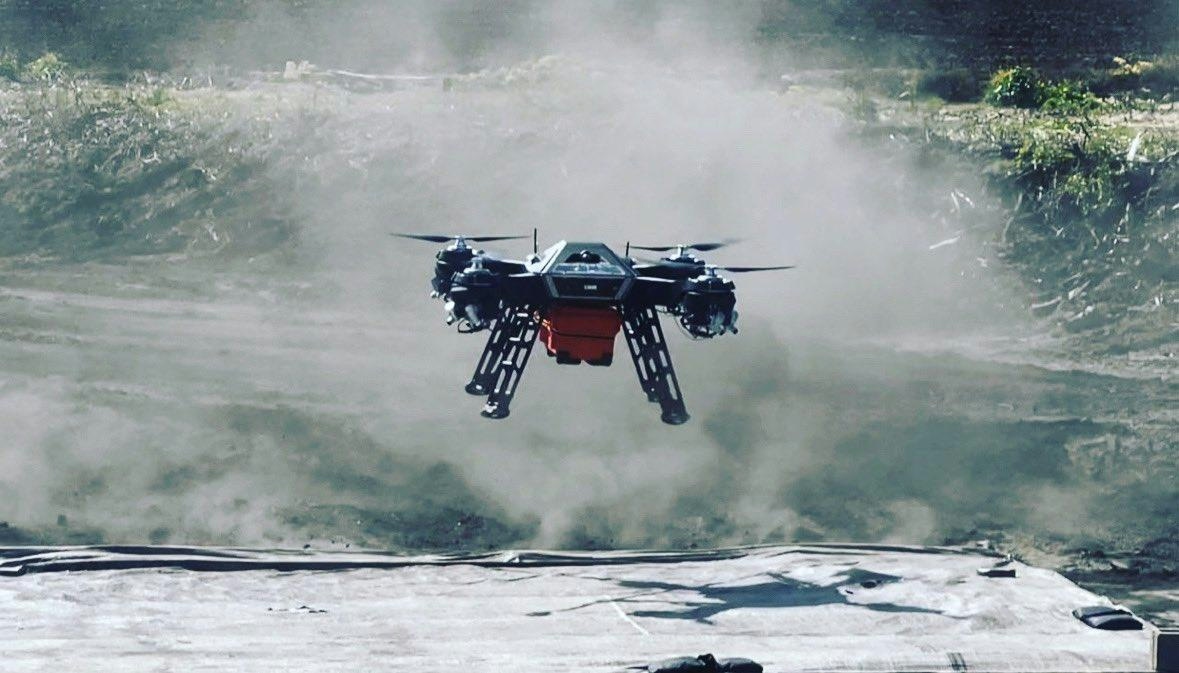
Parallel Flight Technologies and the Role of Hybrid Power in Uncrewed Aviation
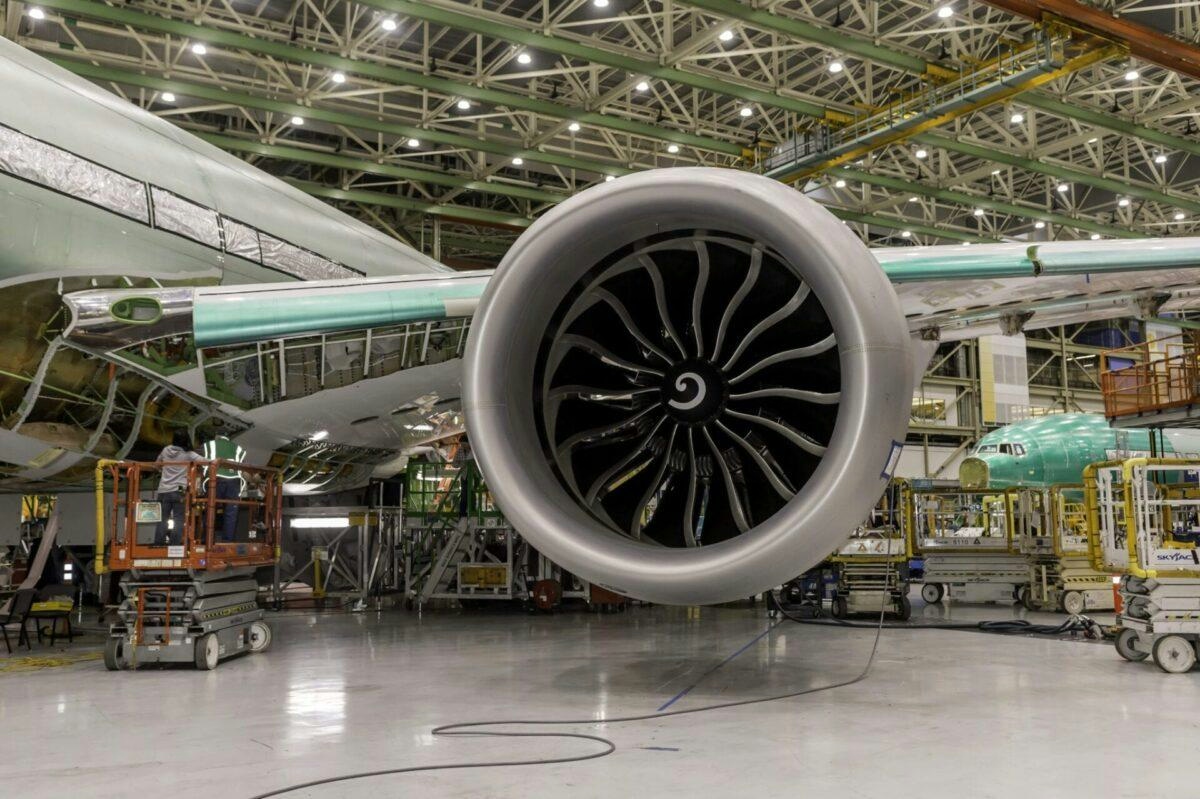
2026 Rolls-Royce UltraFan Engine: Raising the Bar for Performance, Efficiency, and Sustainability in Aviation
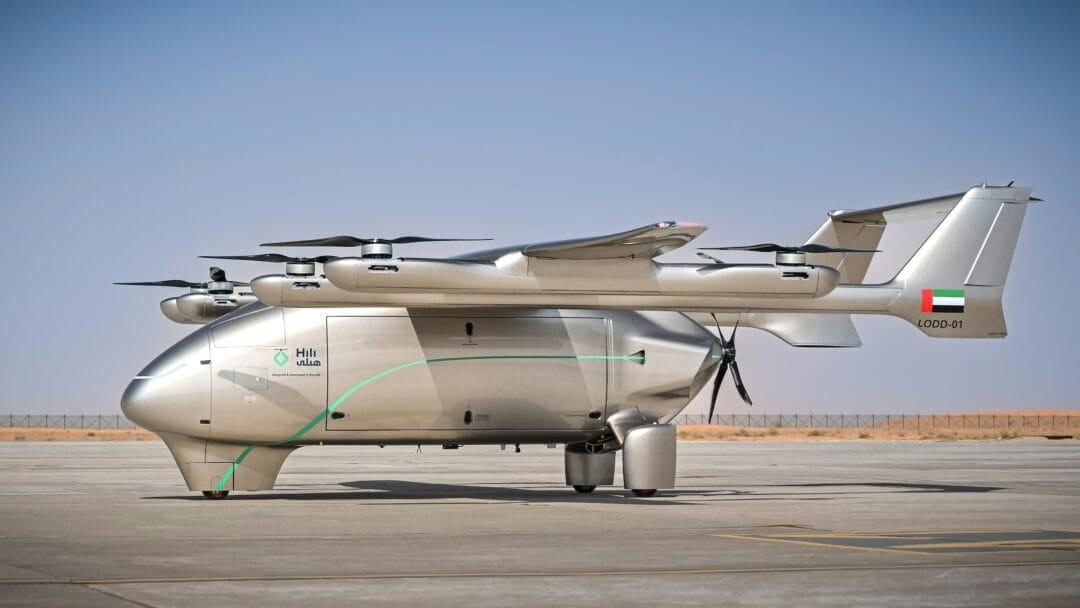
LODD Autonomous Completes First Test Flight of Hili Aircraft in Al Ain

Bhogapuram International Airport in Andhra Pradesh to Feature World’s Largest MRO Facility

PXCom Unveils AI Tool for Onboard Server Updates at APEX FTE Asia Expo

Turkey Blocks Delivery of Apache Helicopters to India

Alaska Air Announces Changes in Maintenance Leadership
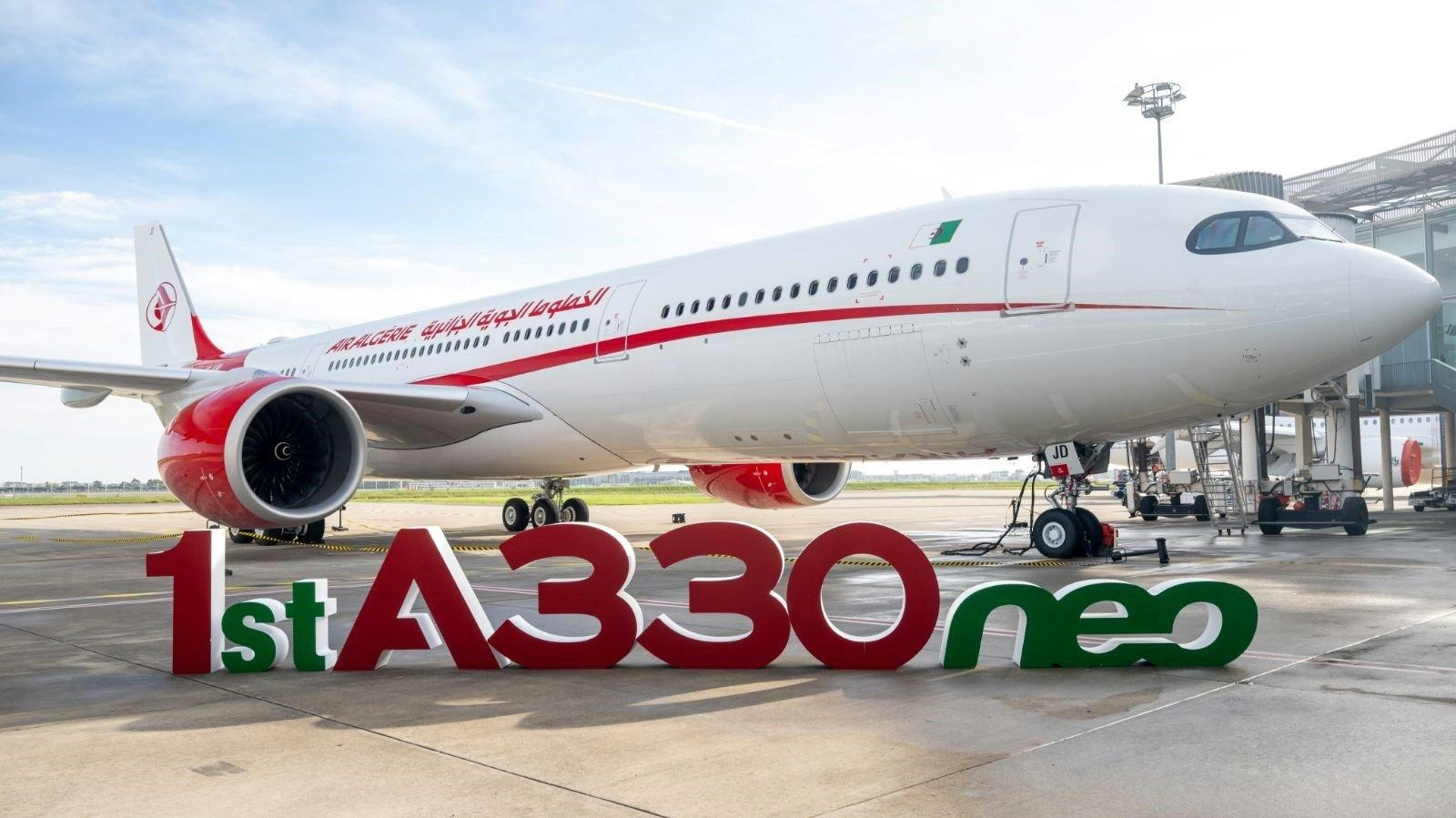
Air Algérie Takes Delivery of First Airbus A330-900
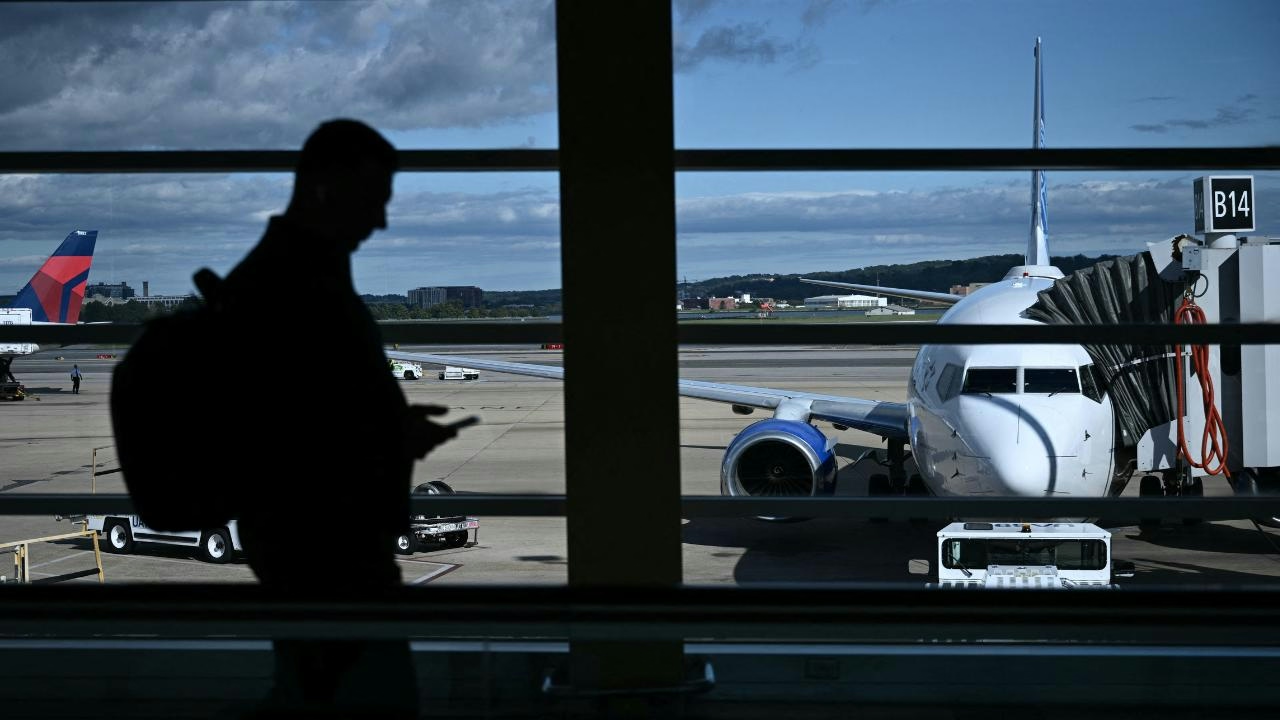
Airlines Prepare for Disruptions Amid Government Shutdown Ahead of Holidays
